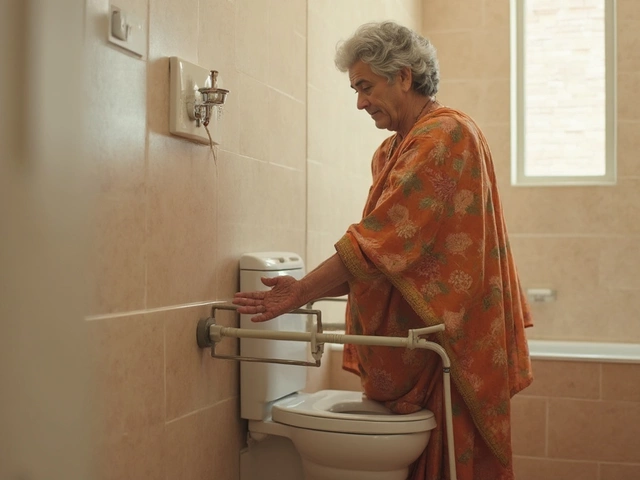Rehab Stay: Your Roadmap to a Faster, Safer Recovery
When planning a rehab stay, a focused period of recovery after surgery or injury. Also known as post‑operative rehabilitation, it helps restore function, manage pain, and get you back to daily life. A typical knee replacement rehab, targets strength, range of motion, and gait training after joint replacement is a core part of many rehab stays. Equally important is post‑operative physiotherapy, the hands‑on therapy that teaches safe movement patterns and muscle re‑education, and orthopedic swelling management, strategies like compression, elevation, and medication that keep swelling in check. Together these elements shape the quality and speed of your rehab stay.
Why a Structured Rehab Stay Matters
Think of a rehab stay as the bridge between surgery and normal life. Without a structured plan, you risk delayed healing, lingering pain, or even setbacks that force a second operation. For example, many patients wonder how soon they can walk after knee replacement; a clear timeline—usually a few days for assisted ambulation and several weeks for unaided walking—keeps expectations realistic. Pain control is another pillar: using prescribed analgesics, ice, and gentle movement reduces the likelihood of chronic discomfort. When swelling is tackled early, joint stiffness drops dramatically, meaning you spend less time stuck in a chair and more time regaining independence.
Mobility isn’t just about walking. Driving, climbing stairs, and returning to work each have their own milestones. Research shows that most people can safely drive 2‑4 weeks after knee surgery, provided they have enough knee flexion and can perform an emergency stop without pain. Ignoring these milestones can lead to accidents or prolonged dependence on others. A well‑designed rehab stay includes functional tests that tell you exactly when it’s safe to get behind the wheel.
Emotional health is often overlooked, yet it directly influences physical outcomes. Feeling frustrated or anxious can raise pain perception, making rehab exercises feel harder. Incorporating simple stress‑relief techniques—deep breathing, short meditation sessions, or a quick walk outside—helps keep the mind calm and the body responsive. Many of the articles in this collection address these mental hurdles alongside the physical ones.
Nutrition also plays a quiet but powerful role. Protein‑rich meals support tissue repair, while staying hydrated helps flush out inflammatory metabolites. Some readers might be curious about specific diets that speed up recovery; we’ve gathered tips on balanced meals, safe supplements, and when to seek a dietitian’s advice.
Finally, technology is reshaping rehab stays. Wearable sensors can track joint angles, while tele‑physio sessions let you connect with a therapist from home. These tools give you real‑time feedback, reducing the guesswork that often slows progress. If you’re tech‑savvy, you’ll find guidance on selecting the right apps and devices in the posts below.
All of these pieces—knee replacement rehab, physiotherapy protocols, swelling control, pain management, mobility goals, emotional support, nutrition, and tech tools—interact like a puzzle. When each fits, the picture is a smoother, faster return to the activities you love. Below you’ll discover practical articles that break down each part, from walking timelines to pain‑control tricks, so you can shape a rehab stay that works for you.

Average Rehab Stay After Knee Replacement: What You Need to Know
Recovering from knee replacement surgery involves several steps, and the rehab stay is a crucial part of the process. Typically, patients may spend anywhere from a few days to a couple of weeks in a rehabilitation facility. This period is vital for learning exercises, regaining mobility, and ensuring proper healing. Understanding the average stay in rehab and what to expect can help ease the journey to recovery.
read more



